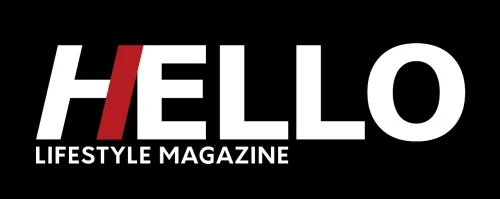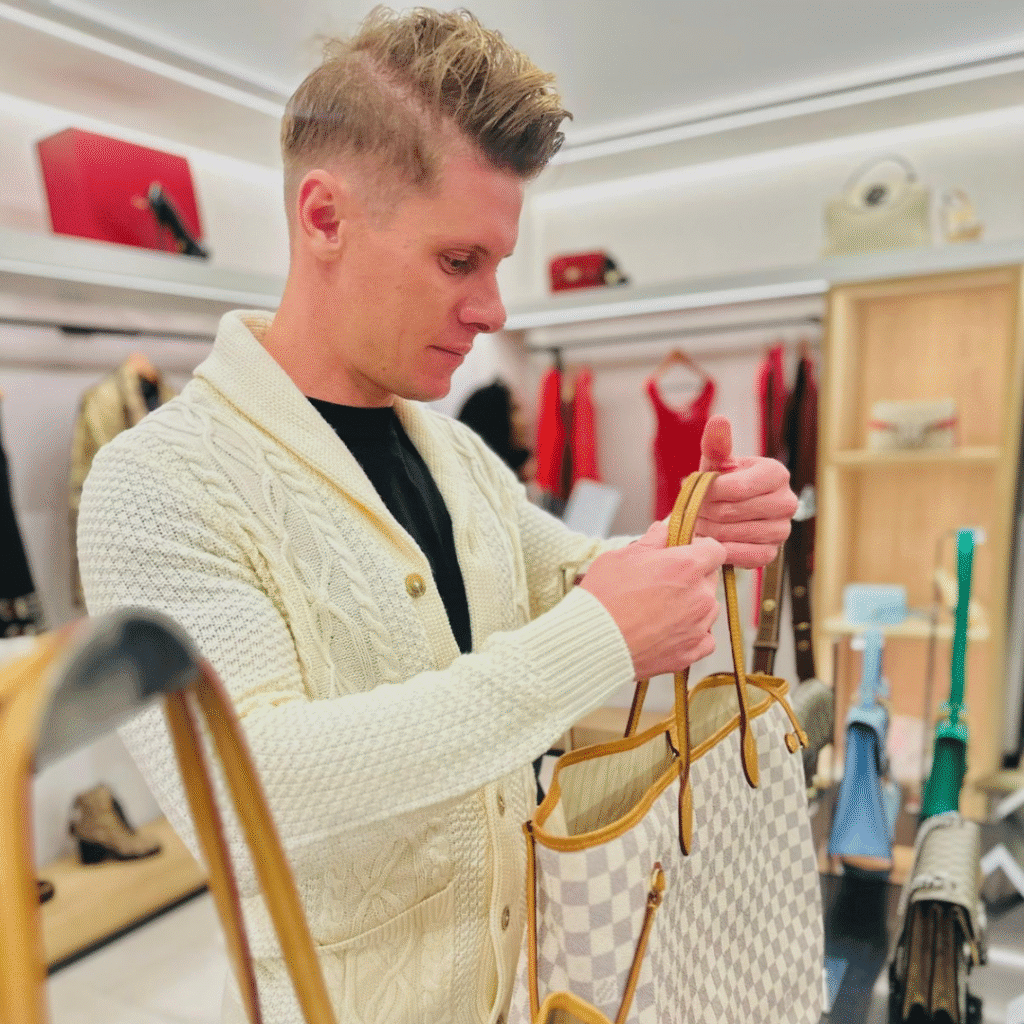

The world is flooded with fakes — from imitation Gucci bags and knock-off Louboutins to counterfeit Chanel jackets. In South Africa, the problem is reaching new heights, earning parts of the country the nickname “Counterfeit City.” But one brand is pushing back against the tide. Luxity, a leader in luxury resale, has made it their mission to help consumers spot the difference between real and replica — before it’s too late.
South Africa’s counterfeit economy is booming — and not in a good way. According to the South African Revenue Service (SARS), the illicit trade in fake goods is costing the country an estimated R100 billion each year, with the fashion, textile, footwear, and leather sectors alone losing around R4 billion annually. Counterfeit designer items—from “superfake” handbags to imitation sneakers — are flooding markets, particularly in urban hotspots like Johannesburg’s CBD, Bellville, and Marabastad.
Authorities are cracking down. In just one year (April 2022 to March 2023), SARS and SAPS seized over R2 billion worth of counterfeit goods, including R234 million in fake clothing. And in just five months of coordinated raids, the National Counterfeit Unit confiscated another R300 million in illegal merchandise.
Even in the resale space, the problem persists — according to Luxity’s co-founder, Michael Zahariev, one in three luxury items submitted for resale turns out to be fake. With this surge in high-quality knock-offs, often referred to as “superfakes,” it’s becoming increasingly difficult for everyday consumers to tell what’s real and what’s not.
Luke Calitz is Luxity’s other founding father. He invited us to their newest flagship store in Sandton City for a little game of “Find the Fake”. Six pairs of luxury goods were displayed before us. We had to scrutinise each one to decide which was the real product versus the fake replica. After “umming and ahhing”, Luke took over and gave us the tell-tale signs of a “superfake”. Most importantly, he told us that “you don’t need ten things to be wrong, you need one thing to be wrong,” because designers don’t make mistakes.
1. Check the Price – If It’s Too Good to Be True, It’s Probably Fake
As tempting as a bargain may be, a price that seems suspiciously low should immediately raise a red flag — especially when it comes to high-end designer goods. You’ll rarely find an authentic luxury item priced fair below its market or retail value. If you do, there is usually a reason, and not a good one. Luxity sells pre-owned designer goods so their prices are below “brand new”. However, they do extensive research to match the second-hand market value of those goods perfectly.
2. Examine the Logo and Font
Luxury brands are meticulous about branding, and small inconsistencies are a dead giveaway. For instance, Louis Vuitton will never allow a stitch or seam to run through the “LV” monogram. Fonts should be clean and crisp, with uniform spacing and correct placement. A misaligned logo or fuzzy embossing is often suspicious. For example, Gucci will always use the same font for its emblazoned G, and any deviations are immediate red flags.
3. Look at the Stitching & Finishes
Precision is everything. Authentic luxury items feature flawless stitching — neat, even, and consistent throughout. If you spot frayed threads, uneven lines, or sloppy detailing, it’s almost certainly a fake.
4. Materials Matter
From leathers to linings, genuine designer items are crafted from top-tier materials. A real Louis Vuitton Neverfull, for example, will always have an inner pocket that reaches the bottom of the bag — not one that stops halfway. They are also made out of a thick canvas material for longevity, whereas some replicas use leather to try and make it seem more upmarket. Furthermore, when it comes to Christian Louboutin shoes, the signature red sole is hand-painted and lacquered, never made from rubber. Christian Louboutin’s logo will also always be in a fixed position under the arch of the foot.
5. Check Serial Numbers and Date Codes
Most luxury brands include serial numbers, date codes, or microchips that authenticate the item. Learn how to decode these (or consult an expert) to verify whether the piece in question is legit. For example, an incorrect format — or worse, no code at all — is a major warning sign. Most codes start with the date of manufacture with some counterfeit goods being marked as made in the unreachable future. You can also search the code online to verify the product as real; otherwise, it will come up with no search results.
Don’t get caught in a scam when educational tools exist to protect you from counterfeit brands and salespeople. Luxity’s door is always open to verify your products, safely resell your luxury items, or offer you pre-owned designer goods in a safe and secure manner.
Stay up-to-date on the hottest, hippest and most happening things to do in Mzansi!
